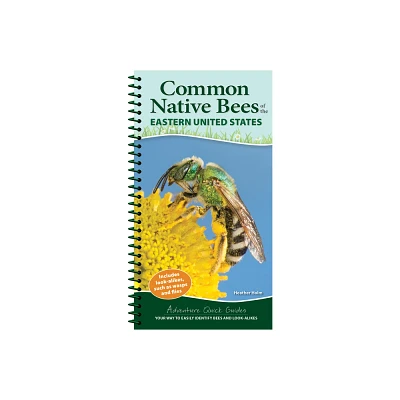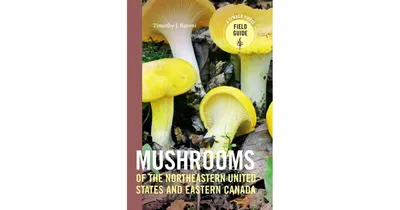Home
Salamanders of the Eastern United States
Loading Inventory...
Barnes and Noble
Salamanders of the Eastern United States
Current price: $35.95


Barnes and Noble
Salamanders of the Eastern United States
Current price: $35.95
Loading Inventory...
Size: OS
*Product Information may vary - to confirm product availability, pricing, and additional information please contact Barnes and Noble
Describing more than 120 species of salamanders occurring in the eastern United States, ecologists Whit Gibbons, Larry Wilson, and Joe Mitchell, provide us with the most comprehensive and authoritative—yet accessible and fun-to-read—guide to these often secretive, always fascinating wonders of nature.
Gibbons, Wilson, and Mitchell enumerate the distinguishing characteristics of salamanders, including how they are different from other amphibians and from reptiles, especially lizards. Also discussed are distribution, habitat, behavior and activity, reproduction, food and feeding, predators and defense, conservation, and taxonomy. Accompanying each account are photographs illustrating typical adults and variations and distribution maps for the eastern U.S. and the United States as a whole.
Given that a high percentage of the world’s species of salamanders live in the Southeast and Northeast and the scientific and popular concern for the worldwide decline in amphibian populations in general,
Salamanders of the Eastern United States
will appeal to people of all ages and levels of knowledge interested in natural history and conservation. The guide will help foster the growing interest in salamanders as well as cultivate a desire to protect and conserve these fascinating amphibians and their habitats.
FEATURES:
conservation-oriented approach more than 400 color photographs more than 80 distribution maps clear species descriptions and photographs sections on biology, worldwide diversity, identification, taxonomy, habitats, and conservation
“Did You Know?” sidebars of interesting facts
Gibbons, Wilson, and Mitchell enumerate the distinguishing characteristics of salamanders, including how they are different from other amphibians and from reptiles, especially lizards. Also discussed are distribution, habitat, behavior and activity, reproduction, food and feeding, predators and defense, conservation, and taxonomy. Accompanying each account are photographs illustrating typical adults and variations and distribution maps for the eastern U.S. and the United States as a whole.
Given that a high percentage of the world’s species of salamanders live in the Southeast and Northeast and the scientific and popular concern for the worldwide decline in amphibian populations in general,
Salamanders of the Eastern United States
will appeal to people of all ages and levels of knowledge interested in natural history and conservation. The guide will help foster the growing interest in salamanders as well as cultivate a desire to protect and conserve these fascinating amphibians and their habitats.
FEATURES:
conservation-oriented approach more than 400 color photographs more than 80 distribution maps clear species descriptions and photographs sections on biology, worldwide diversity, identification, taxonomy, habitats, and conservation
“Did You Know?” sidebars of interesting facts


















